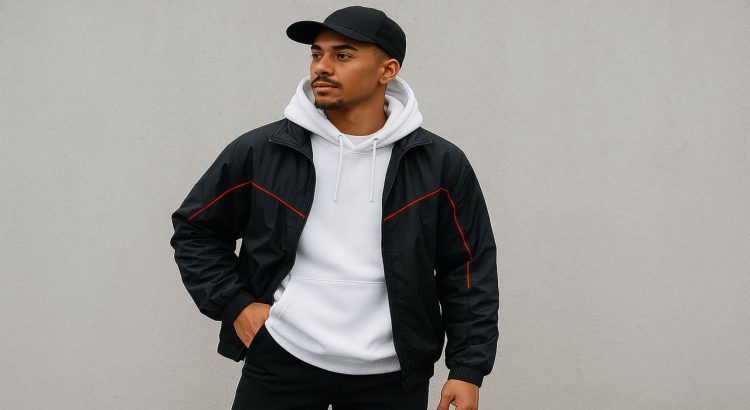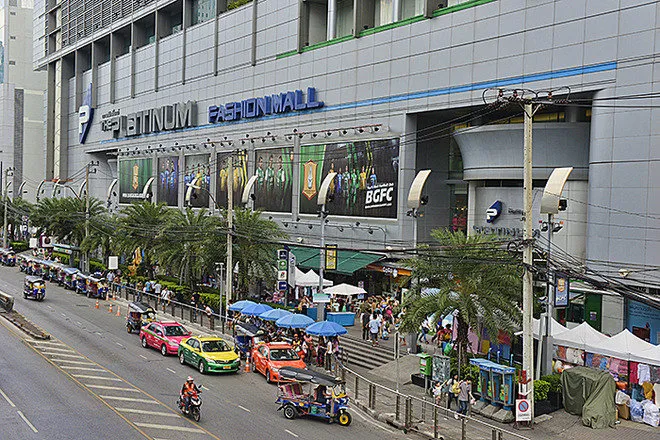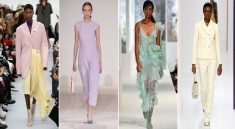The Berkshire Mall – One of the most influential offshoots of this movement is sporty streetwear, a trend that fuses athletic aesthetics with everyday wear. No longer confined to gyms or courts, sweatpants, windbreakers, and performance sneakers have taken over sidewalks, subways, and even runways.
What began as a functional wardrobe for athletes has transformed into a dynamic lifestyle statement. And in today’s fashion ecosystem, where versatility and comfort are just as important as aesthetics, sporty streetwear is proving it’s more than just a trend it’s a movement.
The Roots of the Movement
Sporty streetwear isn’t a new phenomenon. Its roots date back to the 1980s and 1990s, when hip-hop culture, skateboarding communities, and basketball stars began influencing what people wore off the field. Brands like Adidas, Nike, Puma, and Reebok didn’t just equip athletes they became part of everyday life.
As the lines blurred between performance wear and street fashion, it was clear: style was no longer about formality, it was about identity and motion. Joggers, tracksuits, and hoodies gained popularity beyond the locker room, and bold logos became a form of social currency. What you wore spoke volumes not just about your style, but about your tribe.
Read More : Pastel Colors: Your Guide to Wearing Soft Tones with Style
The Staples of Sporty Streetwear
At the core of sporty streetwear is an emphasis on movement, breathability, and attitude. The staple pieces of this genre are rooted in athletic design but infused with street-ready flair. Think:
- Tech joggers with tapered ankles
- Oversized hoodies and graphic sweatshirts
- Color-blocked windbreakers
- Performance sneakers with bold silhouettes
- Baseball caps, sports sunglasses, and duffel-style bags
Fabric innovation plays a major role here. Lightweight nylons, breathable mesh, and moisture-wicking cottons ensure that these pieces aren’t just stylish they’re functional, too. Whether you’re running errands, heading to a café, or dancing at a festival, sporty streetwear is designed to move with you.
The Influence of Collaborations and Celebrity Culture
No discussion of sporty streetwear would be complete without acknowledging the power of collaborations. The fusion of high fashion with athletic brands has led to some of the most iconic collections in recent years. From Yeezy by Kanye West and Adidas, to Dior x Air Jordan, these partnerships have redefined the limits of sportswear.
Celebrities, too, have become the ultimate ambassadors for sporty streetwear. Rihanna in Fenty Puma creepers, Travis Scott in baggy cargos and Nike Dunks, or Hailey Bieber in oversized track pants and crop tops these icons prove that function and fashion are not mutually exclusive.
Even athletes themselves like LeBron James, Serena Williams, and Naomi Osaka have embraced streetwear to express individuality beyond the court, building personal brands that mix athletic performance with cultural relevance.
Also Read : Zendaya & Florence Reunite for Nolan’s Upcoming Sci-Fi Epic
Beyond the Hype: Lifestyle and Inclusivity
What sets sporty streetwear apart from other fashion trends is its accessibility. Unlike haute couture, which often feels out of reach, sporty streetwear is inclusive by nature. It celebrates all body types, welcomes gender-neutral styling, and is often more affordable and wearable than other fashion sectors.
This accessibility has made it a favorite among Gen Z and Millennials, who value authenticity, comfort, and versatility. Sporty streetwear is not about dressing up to impress others it’s about dressing for yourself, for your lifestyle, and for whatever the day brings.
It’s also inherently democratic. A hoodie from Uniqlo or a pair of Nike Air Force 1s can be just as stylish as a designer piece, depending on how it’s worn and combined. In the world of sporty streetwear, style is about self-expression, not price tags.
What’s Next for Sporty Streetwear?
As we look ahead, sporty streetwear is evolving once again. Expect more emphasis on sustainability, with brands investing in recycled materials and low-impact manufacturing. The future will also see smarter garments pieces embedded with wearable tech, like temperature regulation or fitness tracking.
Virtual fashion and digital identity may soon intersect with physical style. As fashion enters the metaverse, sporty avatars may wear the same Nike tracksuits and Jordans we see on the streets. Streetwear, by nature, adapts and reflects the culture around it and that culture is going digital.
Ultimately, sporty streetwear is here to stay, because it answers the modern demand for style that adapts, moves, and speaks loudly without ever sacrificing comfort.



